A
Adam DodsonSep 8, 2025
What to do if my FoodSaver Kitchen Appliance bag has too much liquid?
- JJessica StevensonSep 8, 2025
Freeze the contents before vacuuming.
What to do if my FoodSaver Kitchen Appliance bag has too much liquid?
Freeze the contents before vacuuming.
What to do if FoodSaver V3230 gasket is loose or has a tear?
If the lower gasket of your FoodSaver Kitchen Appliance is loose or torn, remove it, clean it, and reinsert it into the vacuum channel. If the upper gasket is the issue, please contact Customer Service.
What to do if FoodSaver Kitchen Appliance bag has wrinkles?
To prevent wrinkles in the seal, gently stretch the bag flat while inserting it into the vacuum channel.
Why does air re-enter the FoodSaver Kitchen Appliances bag after vacuum sealing?
If air has re-entered the bag after vacuum sealing with your FoodSaver Kitchen Appliance, examine the seal for wrinkles. Stretching the bag flat during insertion can prevent this. Also, moisture or food debris along the seal can prevent proper sealing; wipe the bag's inside before resealing. Sharp food items may have punctured the bag, so use a new bag or cover the item with a soft material before resealing. Finally, fermentation or natural gases from the food may cause this; in such cases, the food may have spoiled and should be discarded.
Why no lights on FoodSaver V3230 Kitchen Appliances control panel?
If there are no lights on the control panel of your FoodSaver Kitchen Appliance, first ensure that the unit is plugged in. Next, verify that the wall outlet is functional. Finally, make sure the lid is completely closed and the bar is in the closed position.
Why is my FoodSaver Kitchen Appliance bag inflating after sealing?
When this happens, the food may have begun to spoil and should be discarded.
What to do if FoodSaver Kitchen Appliance gaskets are not inserted properly?
Make sure the gaskets are inserted properly and that there are no foreign objects, dirt, or debris on the top or bottom gasket.
What to do if there is food debris around the seal area of my FoodSaver Kitchen Appliance?
If there is food debris present, take out the Gasket, clean it, and reinsert it into the Vacuum Channel.
What to do if my FoodSaver Kitchen Appliance is not turning on?
Make sure the unit is plugged in and the wall outlet is functional. Also, ensure the lower bar is down and the door is all the way down.
What to do if FoodSaver Kitchen Appliance bag melts?
The sealing strip may have become too hot. Always wait at least 20 seconds for the appliance to cool down before you vacuum package another item.
| Appliance Type | Vacuum Sealer |
|---|---|
| Brand | FoodSaver |
| Model | V3230 |
| Power Source | Electric |
| Voltage | 120V |
| Seal Type | Heat Seal |
| Vacuum Pump | Yes |
| Sealing Width | 11 inches |
| Bag Storage | Yes |
| Roll Storage | Yes |
| Moist/Dry Food Settings | Yes |
| Color | Black |
| Bag Compatibility | FoodSaver Bags |
| Included Accessories | Starter Bag Kit |
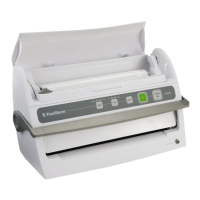


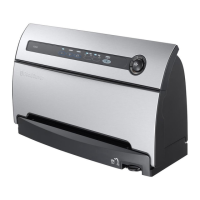
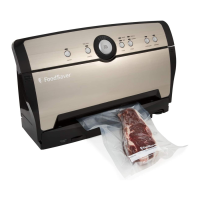

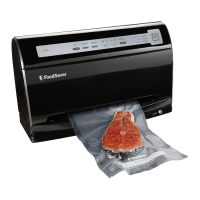
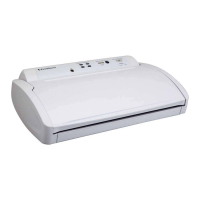
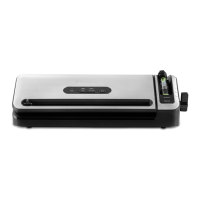
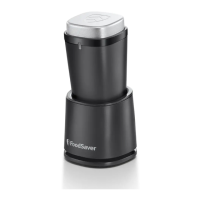
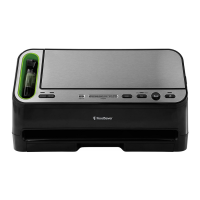
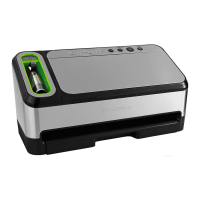
